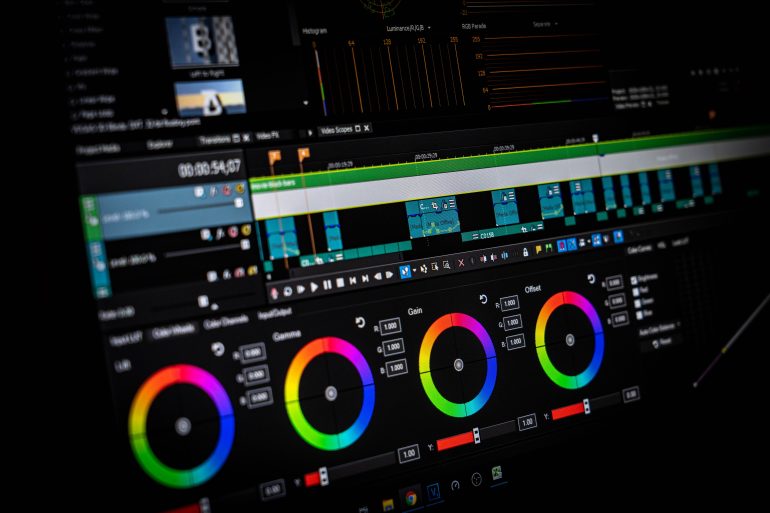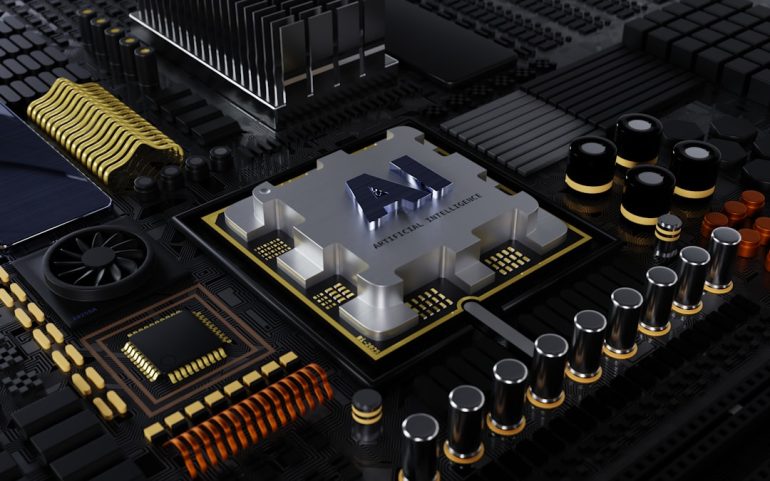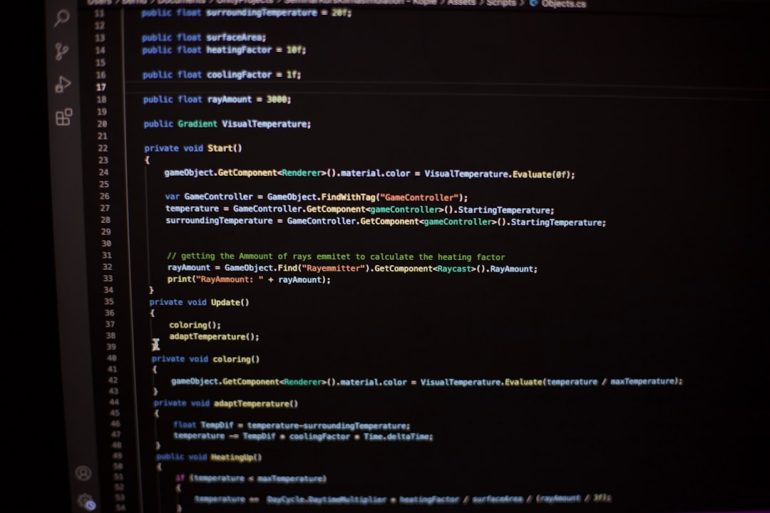Understanding ChatGPT API Pricing and How It Impacts Your Development Budget
In today’s rapidly evolving tech landscape, integrating artificial intelligence into apps, websites, and business workflows has become increasingly accessible with tools like the ChatGPT API. However, while the possibilities are exciting, it’s crucial to fully understand how pricing for the ChatGPT API works—and more importantly, how it can impact your development budget. Whether you’re a startup launching your first AI-powered product or an enterprise considering AI-driven automation, gaining insights into ChatGPT API pricing can help you make smarter financial decisions.
Why Understanding API Pricing is Essential
Table of Contents
When working on any development project, budget often plays a pivotal role. A tool may offer cutting-edge features and robust capabilities, but if its pricing model doesn’t align with your budget constraints, you risk overextending financially. The ChatGPT API, offered by OpenAI, operates on a usage-based pricing model, which makes cost management both flexible and tricky. Understanding how and where your application uses the API is vital in optimizing both performance and expenditure.

ChatGPT API Overview
The ChatGPT API provides access to OpenAI’s powerful language models, such as gpt-3.5-turbo and gpt-4. These models are designed to understand and generate human-like text, making them ideal for customer service bots, content generation, code assistance, and more. Access to these models is provided in exchange for a fee based on how much you utilize them.
Main Pricing Components
ChatGPT API pricing is built around the concept of tokens. Tokens are the pieces into which text is broken down before being sent to the model. Here’s a breakdown of how pricing is typically structured:
- Per token pricing model: Pricing is based on the number of tokens processed by the API. This includes both the input you send and the output the model generates.
- Model type: Different models have different pricing. For instance, GPT-4 is more powerful but more expensive than GPT-3.5.
- Context length: The longer the conversation history or prompt, the more tokens are used, which increases the cost.
Token Usage Explained
Tokens typically represent short snippets of text. For example, a short word like “cat” is one token, while a slightly longer word like “fantastic” may be divided into multiple tokens. On average, 1 token roughly equals 4 characters of English text or around three-fourths of a word.
To give you an idea:
- 1,000 tokens ≈ 750 words
- Saying “Hello, how are you today?” would use around 7-10 tokens
This makes it crucial to streamline both your prompts and the expected responses where possible. Streamlined communication between your app and the API reduces token usage and ultimately lowers your operating costs.
Current ChatGPT API Pricing
As of the latest update, here’s an overview of the standard pricing for the most commonly used API models from OpenAI:
- gpt-3.5-turbo: $0.0015 per 1,000 input tokens, $0.002 per 1,000 output tokens
- gpt-4: $0.03 per 1,000 input tokens, $0.06 per 1,000 output tokens
- gpt-4-32k: $0.06 per 1,000 input tokens, $0.12 per 1,000 output tokens
Note: Prices may vary over time, especially as OpenAI introduces new versions or adjusts rates based on demand and server costs. Always check their official pricing page for the most accurate numbers.
Estimating Your API Usage
So how does pricing translate into real-world costs? An estimation can help you determine how your usage habits will reflect on your monthly invoice. Let’s say you run a customer service chatbot that handles 10,000 conversations a day, and each conversation exchanges around 200 tokens in total.
Daily Token Usage: 10,000 chats x 200 tokens = 2,000,000 tokens
Using GPT-3.5-turbo (lowest-cost option):
Input + Output = 2M tokens → 2M / 1,000 = 2,000 units → 2,000 x average rate ($0.00175) ≈ $3.50 per day
Monthly Cost: $3.50 x 30 = $105
This is manageable for most small to medium-sized applications. However, using GPT-4 instead of GPT-3.5-turbo drastically changes the scenario:
Using GPT-4: $0.03 + $0.06 per 1,000 tokens = $0.09/1k tokens → $180 per day → $5,400 per month!
As you can see, the choice of model can significantly affect your overall operational costs.
Strategies to Optimize Your Budget
You don’t have to compromise on performance to keep costs in check. Here are some smart ways to optimize usage:
- Use GPT-3.5 for routine tasks: Not every task requires the depth of GPT-4. Use lighter models for non-core functionalities.
- Optimize token usage: Keep prompts concise and limit verbose outputs. Cut down unnecessary context in conversation history.
- Batch processing: If performing similar tasks, group them in single API calls where feasible to reduce overhead.
- Implement caching: Store AI responses that are frequently reused to avoid unnecessary repeat requests.
- Monitor usage: Use OpenAI’s dashboard or build internal analytics to keep tabs on token consumption patterns.

Free Tier and Budget Tracking
OpenAI doesn’t currently offer a free tier for ongoing use, though early adopters or those using limited volumes can access trial credits. However, OpenAI offers budgeting tools in the form of API usage caps and alerts. You can:
- Set hard budget caps: Prevent unexpected charges by setting a monthly spend limit in your account settings.
- Receive email alerts: Get notifications as your spending reaches preset thresholds (e.g., 50%, 75%, or 90%).
When to Use GPT-4 Over GPT-3.5
While GPT-4 boasts significant improvements in reasoning, nuance, and longer context windows, it isn’t always necessary. Consider GPT-4 when:
- High accuracy and reliability are critical (e.g., legal or medical AI tools)
- You’re processing complex or ambiguous input
- Handling large documents due to GPT-4-32k’s extended context length
For everything else—like chat support, simple query handling, or basic content generation—GPT-3.5 is your go-to for staying within budget.
Conclusion
The ChatGPT API is a transformative tool that gives developers and businesses access to cutting-edge AI capabilities with remarkable ease. But with great power comes great responsibility, especially when it comes to budgeting. Whether you’re running a small-scale chatbot or deploying AI across thousands of users, understanding how token-based pricing works is key to managing your costs effectively.
By mastering the nuances of model selection, token usage, and optimization strategies, you can build and scale smart, AI-powered applications without breaking the bank. Make sure to revisit your usage metrics regularly and adapt your strategies to achieve the best balance between performance and cost-efficiency.
In a world moving swiftly toward AI-first solutions, having a solid grasp of pricing models like the ChatGPT API can give you a significant edge—not just in building smarter applications, but in building them sustainably.







